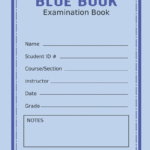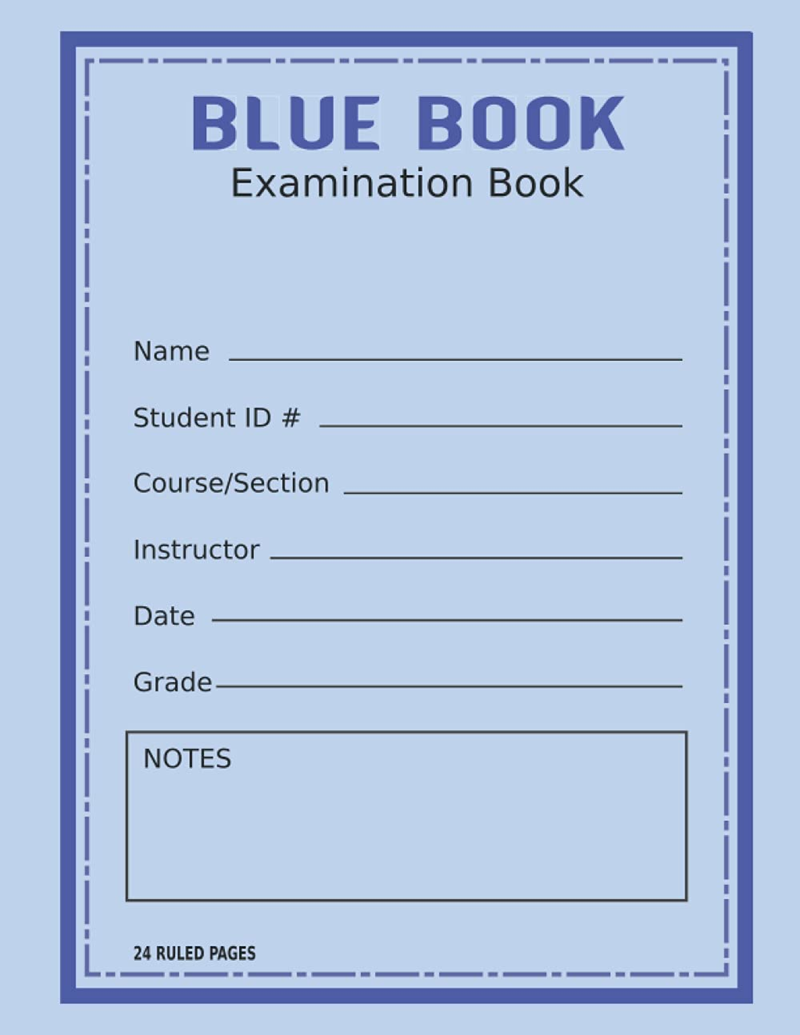Why Art Activities Are Essential in Kindergarten
The early childhood stage is highly instrumental in building creativity alongside fine motor skills, cognitive development, and self-expression in a child. Whenever an art activity is in use by a child, communication, problem-solving, and critical thinking all happen to take the limelight.
Best Art Activities for Kindergarten
- Finger Painting: A Sensory Delight
Finger painting may be an old-fashioned way to allow the child to feel different textures by applying colors and patterns with fingers. It would also strengthen hand-and-eye coordination while letting him express himself.
Materials Needed:
- Non-toxic finger paints
- Large sheets of paper
- Aprons or old shirts to protect clothing
How to Do It:
- Pour different colors into a tray with paint.
- Children can dip their fingers and make designs.
- Encourage them to mix colors and see how they turn out.
- Dry before displaying the work.
- Collage Making: Exploring Textures
Collages present the best option to introduce children to various textures and materials, ultimately allowing them to develop numerous creative responses.
Materials Needed:
- Colored paper, tissue paper, fabric scraps
- Glue sticks or liquid glue
- Safety scissors
- Magazines for cutting images
How to Do It:
- Provide children with an assortment of materials.
- Let them cut, tear, and paste items onto a large sheet.
- Encourage them to create a theme-based collage, such as nature, animals, or family.
- Salt Painting: A Magical Art Experiment
Salt painting brings together art and science to help kids learn about color mixing and absorption properties.
Materials Needed:
- Table salt
- White glue
- Watercolor paints
- Thick paper
How to Do It:
- Draw designs using glue on the paper.
- Sprinkle salt generously over the glue.
- Gently tap off excess salt.
- Use a paintbrush to dab watercolor onto the salt and watch the magic happen.
- Handprint and Footprint Art: Personal and Fun
This activity helps children create personalized art while learning about shapes and forms.
Materials Needed:
- Non-toxic paint
- Large sheets of paper
- Wet wipes for easy cleanup
How to Do It:
- Dip a child’s hand or foot into paint.
- Press it onto the paper to make an imprint.
- Let them add details to transform the prints into animals, flowers, or abstract art.
- Tissue Paper Stained Glass: A Colorful Masterpiece
This activity mimics the effect of stained glass and helps children appreciate light and color interaction.
Materials Needed:
- Colored tissue paper
- Clear contact paper
- Scissors
How to Do It:
- Make easy cut-out tissue paper patterns.
- Stick everything with contact paper to create a design.
- Sheet over entirely with another contact sheet and place it right up by a window.
- Playdough Creations: Sculpting for Fine Motor Skills
Playdough promotes the skill of hand strength and brings a huge tide of creativity, an art activity compulsory in kindergarten.
Materials Needed:
- Store-bought or homemade playdough
- Rolling pins, cookie cutters, and plastic knives
How to Do It:
- Get more colors and shades to your dough.
- Let children mould shapes, letters, and animals.
- Let them try different textures with tools.
- Nature Art: Incorporating the Outdoors
The use of natural materials in artwork gives a direct link for children to connect with nature and understand ecological factors.
Materials Needed:
- Leaves, flowers, twigs, and stones
- Glue and paper
- Paints and brushes
How to Do It:
- When going on a nature walk, collect natural things.
- Stuff the paper with them and glue to make a landscape or pattern.
- Write anything in color, like paint or markers, for extra detail.
- Bubble Wrap Printing: Fun with Textures
Bubble wrap printing is a tangible way to introduce textures and motifs to art.
Materials Needed:
- Bubble wrap
- Paint
- Paper
How to Do It:
- Cut bubble wrap into manageable pieces.
- Apply paint onto the bubble wrap.
- Press it onto paper to create prints.
- Marble Painting: A Rolling Surprise
This fun activity is an excellent way to encourage overall improvement in hand-eye coordination and creativity, as marbles are often rolled around on paint puddles.
Materials Needed:
- Marbles
- Paint
- Shoebox lid
- Paper
How to Do It:
- Place the paper inside the shoebox lid.
- Dip marbles in paint and roll them across the paper.
- Observe the unique patterns they create.
- Yarn Weaving: Developing Coordination
While forming patterns, children can learn the art of developing fine motor coordination and patience.
Materials Needed:
- Yarn in various colors
- Cardboard or paper plates
- Hole puncher
How to Do It:
- Cardboard must be sharpened into small squares along the corners while being punched with holes around the edges.
- Assign yarn for the kids to experiment with threading through the holes.
- Let them experiment with various patterns.
Conclusion
It isn’t only that they are joy-filled activities; they also help develop some very crucial essential skills. Art activities in kindergarten will allow the child to develop imagination and fine motor skills, as well as create a self-development of confidence.
Also Read: Dhirubhai Ambani International School (DAIS) – A Comprehensive Overview











